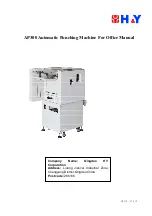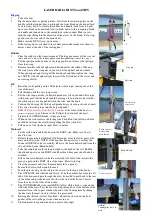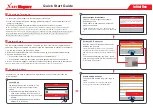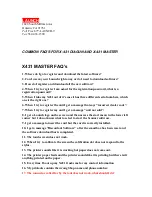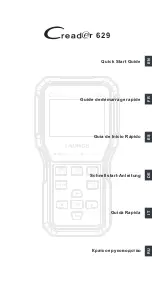
28
(3) Adjust the focal plane to the refraction (spherical equivalent) of the examined eye (using the
'focus' button on the back of the camera).
(3) On the touch panel, press the 'freeze' button. The selected laser (infrared in the above baseline
setting) will be switched on and the camera will start the image acquisition. If the camera is
operating in simultaneous mode (see touch panel setting), two live images are visible on the
screen. The image types are indicated below the images.
(4) Move the camera (up, down, right or left) to the center of the pupil and adjust the distance
between the front edge of the objective tube and the examined eye to approximately 15 mm.
As soon as the laser beam enters the pupil, you will see an image of the fundus of the eye on
the screen. Now turn the camera on its horizontal and vertical axes so that the structure to be
examined is visible on the screen. Move the camera slightly up/down and sideways until the
image appears brightest.
(5) Then move the focal plane until the image is brightest and set the detector sensitivity (by
turning the sensitivity button on the touch panel) so that you see a bright, but not overexposed
picture. Overexposure causes white areas within the image.
(6) For the fine adjustment of the image, move the camera so that the structure to be examined is
located precisely in the center of the image. Once again, move the camera slightly up/down
and sideways until the image appears brightest. This is the point at which the laser beam falls
directly into the center of the pupil of the examined eye.
5.2.4 Displaying and Changing Acquisition Parameters
During the image acquisition, the following dialog is displayed on the screen:
1 2 3
5
4
6
7
8
9
10
11
12
13
14
15
16
Summary of Contents for HRA 2
Page 3: ...Heidelberg Retina Angiograph 2 HRA 2 Operation Manual ...
Page 4: ......































